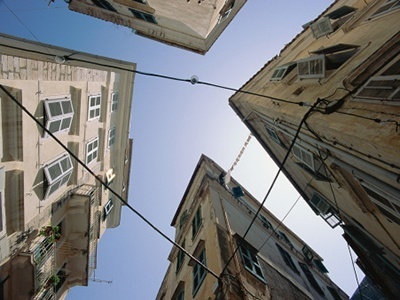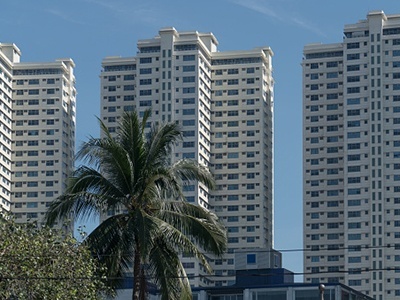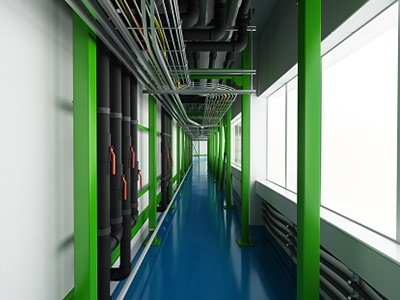 Over half of the world’s population lives in units of 100+. In cities this figure can be even higher. This concentration and variety creates a challenge for operators looking to install fiber to the home (FTTH) connections. Essentially, mutliple dwelling units (MDUs) are like snowflakes - no two are the same, meaning that each one has to be handled as a separate, complex civil engineering project.
Over half of the world’s population lives in units of 100+. In cities this figure can be even higher. This concentration and variety creates a challenge for operators looking to install fiber to the home (FTTH) connections. Essentially, mutliple dwelling units (MDUs) are like snowflakes - no two are the same, meaning that each one has to be handled as a separate, complex civil engineering project.
Adding to this complexity, the vast majority of these buildings were constructed before fiber networks were even thought of, meaning they aren’t designed to accommodate standard fiber connections. 83% of US MDUs were built before 2000, and over half (52%) before 1980. So there is often no obvious way to route fiber to individual apartments.
Building owners and their tenants want the speed of fiber, but are less keen on any disruption or damage it might bring. 30% of consumers that sign up for FTTH service change their minds when an installation technician asks if he can drill holes in the wall and run cables along it.
So how can operators make their deployments cost-effective and keep consumers and building owners happy? There are five key rules to follow:
1. Choose the best solution
Given the many different types of building, there is no "one size fits all" solution for MDU deployments. So you need a tool kit approach that can be adapted to each scenario. How big is the building? How many floors does it have? And what is the density of occupants per floor? You also need to make decisions based on potential market size - how many tenants do you expect to sign up for your services, and is it cheaper to cable the whole building or just certain areas where your first subscribers are?
 2. Use the right tools for the job
2. Use the right tools for the job
To minimize disruption and make correct connections, installers should ensure that they are using the right equipment and deployment methods within buildings. Rather than using noisy, messy, blowing machines, it is normally faster and simpler to push or pull cables by hand, except in the case of the tallest skyscrapers.
This is particularly true when cables need to go through tight spaces, such as congested conduits or around complex routes. You should use the smallest and most flexible cables, in order to aid installation and to minimize any aesthetic impact when they are deployed in visible common areas, such as corridors, or within apartments.
3. Expect the unexpected
Given the number of MDUs that were built in the last century, or even before, a plan that looks good on paper may meet unexpected obstacles when deployment begins. Existing maps of the building may be out of date or fail to include more recent changes, while ducts or conduits may already be full of undocumented cables that cannot be safely removed. Therefore, while it is vital to make a plan for the deployment, be prepared to change this as the installation progresses. Allow sufficient time for a proper site survey before you begin work in case your route changes.
 4. Communicate with everyone
4. Communicate with everyone
Installers are essentially onsite ambassadors of the operator they are working for. This means they need to create a good impression, communicate what is happening, minimize disruption and provide a polite service to both the building management and all tenants.
Keep everyone updated - particularly if you need to switch off existing services or power to complete the installation. In addition, it is always a good idea to go over the installation plan with building owners and supervisors, who may have good insights into potential issues.
5. Ensure you keep learning
While every MDU is different, the more installs you carry out, the greater your bank of experience. Make sure you learn from and document every deployment, and update your toolbox of techniques and best practices - and share this with other crews in order to increase productivity and lower installation times.
As fiber becomes ever more central to everyone’s lives, the number of MDU installs will only increase. Following these five points will help you standardize your approach as much as possible and deliver reliable, effective and efficient deployments, whatever the shape and size of the building. Over time, best practices and careful planning will smooth the way for successful fiber installations to MDUs.


